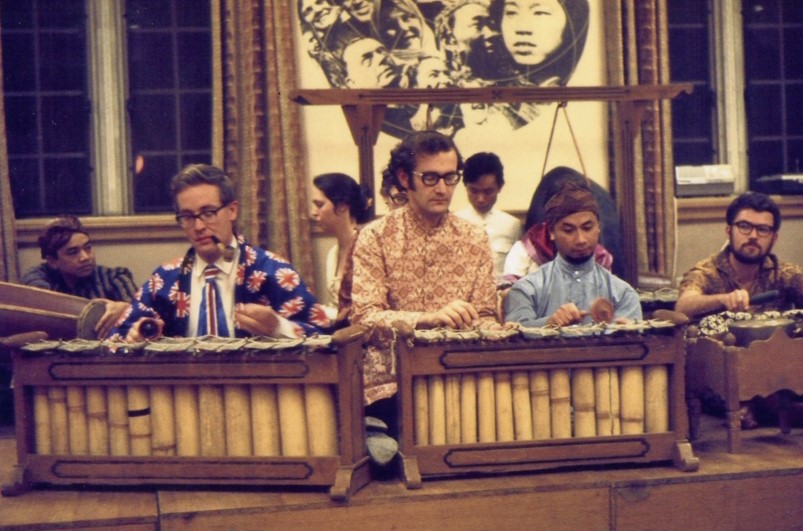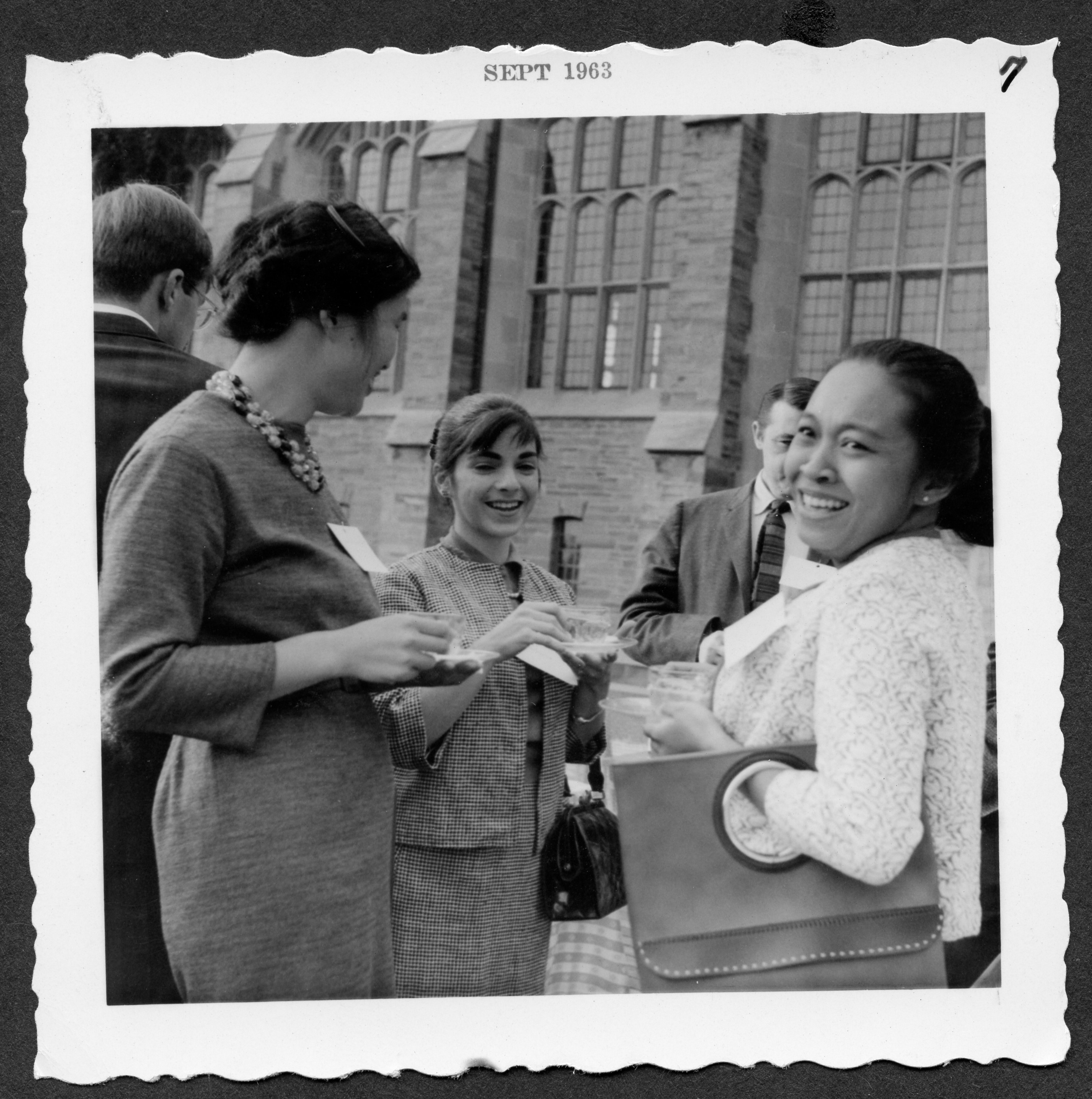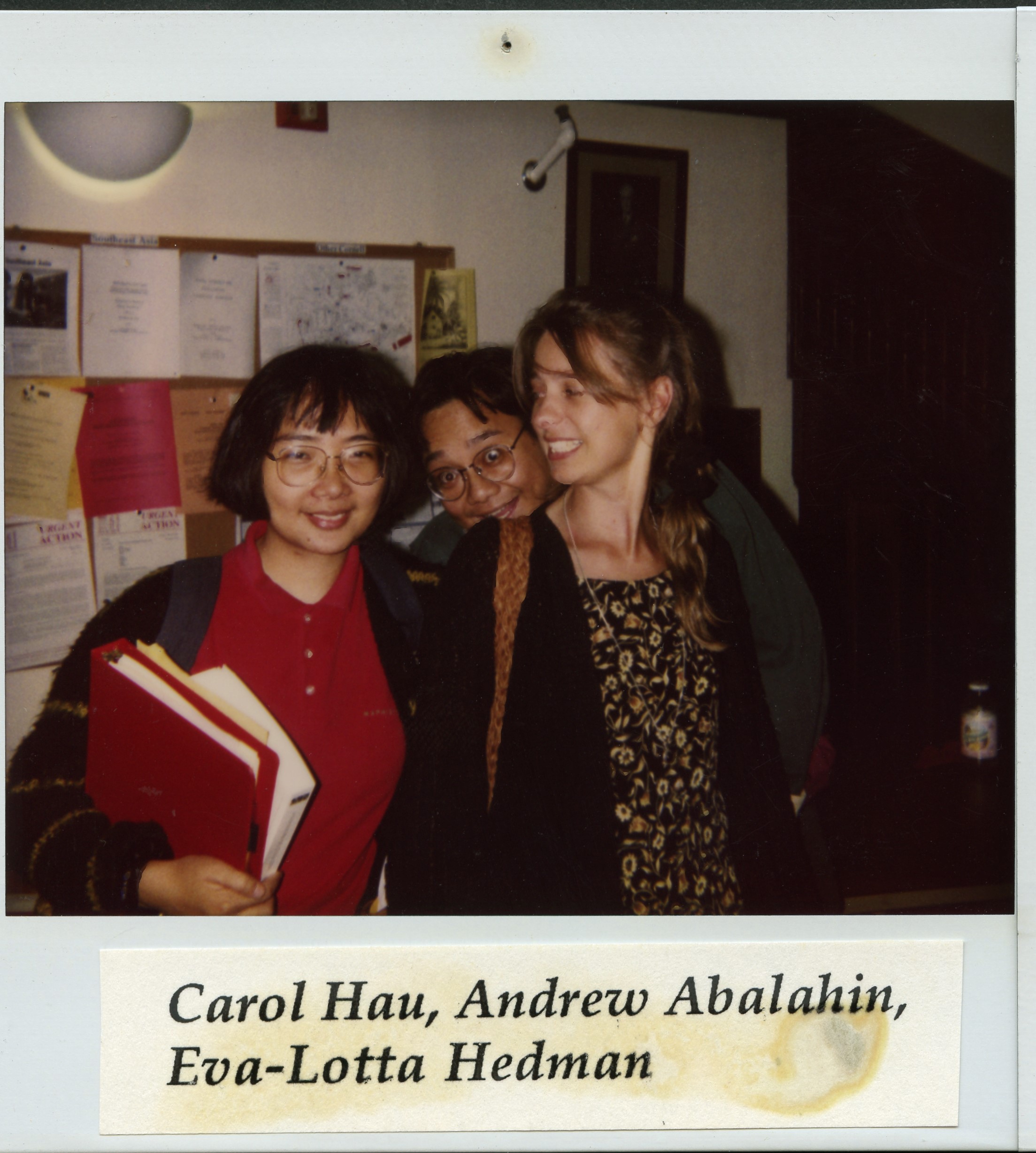SEAP Histories
There is not one single history of the Cornell Southeast Asia Program, and the diverse and fascinating stories of our alumni and faculty are rich reminders of the deep ties that have been formed with each other while contributing to the study of Southeast Asia over the past seven decades.
As part of the 70th Anniversary, we explored these the personal aspects of these histories and the insights they can provide into understanding the trajectories of Southeast Asian studies more broadly. In addition to projects leading to exhibits (virtual due to COVID-19), special editions of the SEAP Bulletin, video-tapped interviews with emeritus faculty, we are also in the process of creating a digital SEAP photo archive.
We invited you to share your own stories, pictures, and other media with us so that they can be preserved and shared. We also could use your help in identifying people in many of the photos. We used Facebook to post albums and crowd-source identification, but if you can help and would like to set up a different way to access photos in need of identification, emailed us at seaphistories@cornell.edu.
SEAP Photography Archive: A Call for Contributions
by Juan Fernandez, PhD candidate in History (graduated).
Perhaps there is no better time than now—in this year when we celebrated the SEAP’s 70th anniversary—for us to look back upon these images of our shared past and through the stories and recollections of those of us who were there, to bring them into the present. We had been putting together an archive of old SEAP photographs as part of the anniversary celebrations—and indeed as part of a larger push to bring together material for the history of the Southeast Asia Program. The visual is no less an important part of this history, documenting the life of (and life in) the program.
The images of SEAP’s intellectual life—the lectures, talks, classes, museum exhibits, and conferences—are one thing, attesting to the rigors, challenges, and successes of the program and the people who had been, and were, part of it. Yet the picture is incomplete; by this focus on intellectual labor and production, exceedingly important as it is, we missed the texture and real warmth of life in the Program. We are part of an intellectual community, yes and foremost; but it is a community, and it is important to see how we built it, continue to build it, and would grow it in the future. This visual archive of SEAP’s history that we are putting together cannot miss the vibrant social life that undergirds but also enriches life within the program, those moments that brought people together—even if at first by circumstance and intellectual proximity, then later by choice and camaraderie.
Taken together, these photographs in our archive might come to look like an extended family album: snapshots of life around the table at a Spring Banquet, someone smiling and posing and hamming for the camera, another person caught mid-conversation. Life at the Kahin Center or at 102 West Avenue, for example; at the Program’s banquets, parties, and picnics—please send us any photographs you have along with the stories that go with them. These, too, are part of SEAP’s history, and we want to remember each and every person, each and every moment.
We now have several hundred of these photographs, gathered from different sources—both institutional and personal. Faculty, staff, alumni, and friends have sent in scans of images (and in some cases entire albums) of their time with SEAP. We are now nearly done with the process of digitizing most of our current collections, and we aim to have these images accessible online for members of the SEAP community.




